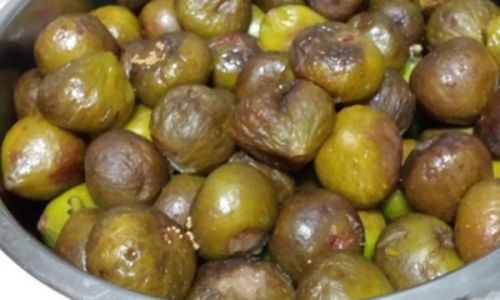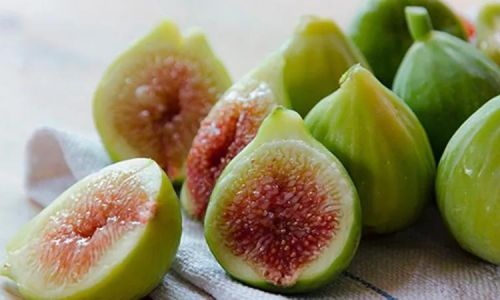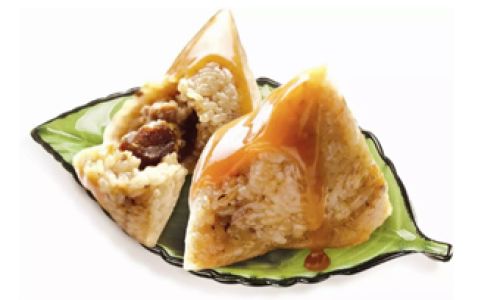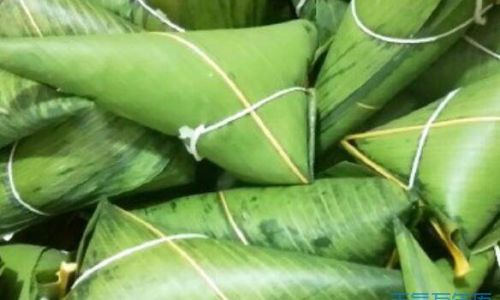Introduction

The fig (Ficus carica) is a fruit of ancient origin, revered for its unique sweetness, nutritional benefits, and versatility in culinary applications. From its Mediterranean birthplace, the fig has traveled the world, becoming a staple in many cultures’ diets. One of the most cherished ways to preserve this delightful fruit is by drying it, a process that intensifies its flavor and extends its shelf life. In this comprehensive guide, we will explore the art of drying fresh figs, from selecting the perfect fruit to storing the finished product. By following these steps, you can ensure that your dried figs retain their natural sweetness, texture, and nutritional value.
Chapter 1: Selecting the Right Figs
The first step in drying fresh figs is selecting the right ones. The quality of the fresh figs will directly impact the final product, so it’s crucial to choose carefully.
1 Varietal Choice
Different varieties of figs have varying textures and flavors. Some are sweeter, while others have a more pronounced nutty or earthy taste. For drying purposes, varieties like the Brown Turkey, Black Mission, and Kadota are often preferred due to their high sugar content, firm flesh, and ability to hold up well during the drying process.
2 Ripeness
Fully ripe figs are ideal for drying. They should be plump, soft to the touch, and exhibit a deep, vibrant color. Avoid figs that are overly ripe, bruised, or have mold spots, as these imperfections will be more noticeable in the final dried product.
3 Harvesting
Harvest figs early in the morning or late in the evening when temperatures are cooler. This helps to retain their freshness and moisture content. Cut the figs from the branch with a sharp knife, leaving a small stem attached if possible. This not only adds a touch of elegance to the dried figs but also helps to prevent them from sticking together during the drying process.
Chapter 2: Preparing the Figs for Drying
Once you have your perfect figs, the next step is to prepare them for drying. This involves cleaning, trimming, and sometimes treating them to enhance their appearance and flavor.
1 Cleaning
Gently rinse the figs under cold running water to remove any dirt, debris, or insects. Pat them dry with a clean cloth or paper towel. Avoid soaking the figs, as this can cause them to lose valuable moisture and flavor.
2 Trimming
Trim off any damaged or bruised areas of the figs. If the figs have a tough skin, you can lightly score the surface with a knife to allow moisture to escape more easily during drying. However, be careful not to cut too deeply, as this can disrupt the fig’s structure.
3 Optional Treatments
Some people prefer to dip the figs in a lemon juice solution (one part lemon juice to ten parts water) before drying. This not only enhances the figs’ color but also acts as a natural preservative, helping to prevent mold growth during the drying process.
Chapter 3: Drying Methods
There are several methods for drying fresh figs, each with its own set of pros and cons. The choice of method will depend on your available resources, time constraints, and personal preferences.
1 Sun Drying

Sun drying is the traditional method of drying figs and is still practiced in many parts of the world. Spread the figs in a single layer on clean, mesh trays or cheesecloth to allow for even air circulation. Place the trays in a sunny, well-ventilated area, preferably one that is protected from direct rain and wind. Turn the figs occasionally to ensure even drying. Sun-dried figs can take anywhere from a few days to a week, depending on the climate and the size of the figs.
2 Oven Drying
Oven drying is a faster method but requires careful monitoring to prevent the figs from overcooking. Preheat your oven to its lowest setting, usually around 140°F (60°C). Spread the figs in a single layer on baking sheets lined with parchment paper. Prop the oven door open slightly with a wooden spoon to allow moisture to escape. Oven-dried figs can take anywhere from 6 to 12 hours, depending on their size and the oven’s temperature. Check them frequently, and rotate the sheets halfway through to ensure even drying.
3 Dehydrator Drying
Using a food dehydrator is the most controlled and consistent method of drying figs. Set the dehydrator to a temperature of around 135°F (57°C) and spread the figs in a single layer on the trays. Dehydrator-dried figs can take anywhere from 12 to 24 hours, depending on their size and the model of the dehydrator. The advantage of using a dehydrator is that it removes moisture more evenly and efficiently, resulting in better-quality dried figs.
Chapter 4: Finishing Touches and Storage
Once the figs are fully dried, they will have shrunk in size and developed a darker, more concentrated color. They should feel firm and slightly tacky to the touch, with no moisture remaining inside.
1 Cooling
Allow the dried figs to cool completely before handling. This helps to firm up their texture and prevent them from sticking together.
2 Inspecting
Inspect the dried figs for any imperfections, such as mold or insects. Discard any figs that do not meet your quality standards.
3 Storing
Store the dried figs in an airtight container in a cool, dark place. A pantry or cupboard away from direct sunlight and heat sources is ideal. Dried figs can be stored for several months, but their flavor and texture will be best within the first few weeks.
For long-term storage, consider vacuum sealing the figs or storing them in an airtight container with a desiccant packet to absorb any remaining moisture.
Chapter 5: Using Dried Figs
Dried figs are incredibly versatile and can be used in a variety of ways. They can be eaten as a snack on their own, added to salads, yogurt, or oatmeal, or used in baking and cooking. Dried figs are a key ingredient in many Mediterranean dishes, such as baklava and fig bars, and can also be used to make fig jam, syrup, or even fig liqueur.
Conclusion
Drying fresh figs is a rewarding process that allows you to preserve the sweetness and nutrition of this ancient fruit for months to come. By selecting the right figs, preparing them properly, and choosing the best drying method for your needs, you can create delicious, high-quality dried figs that will enhance your culinary creations and provide a nutritious snack option. Whether you opt for the traditional sun-drying method, the convenience of an oven, or the precision of a food dehydrator, the end result will be a treasure trove of sweet, chewy figs ready to be enjoyed in countless ways. Happy drying!





0 comments